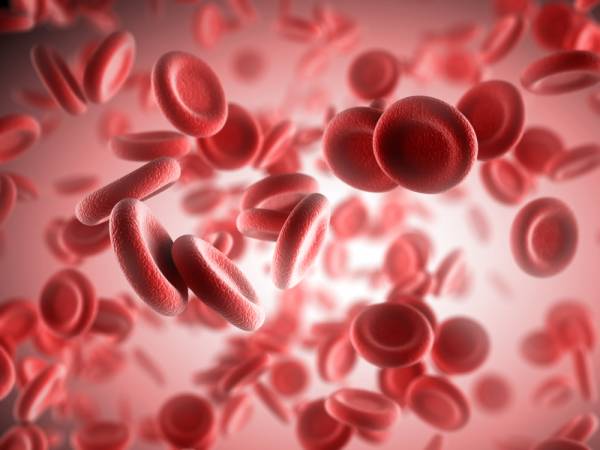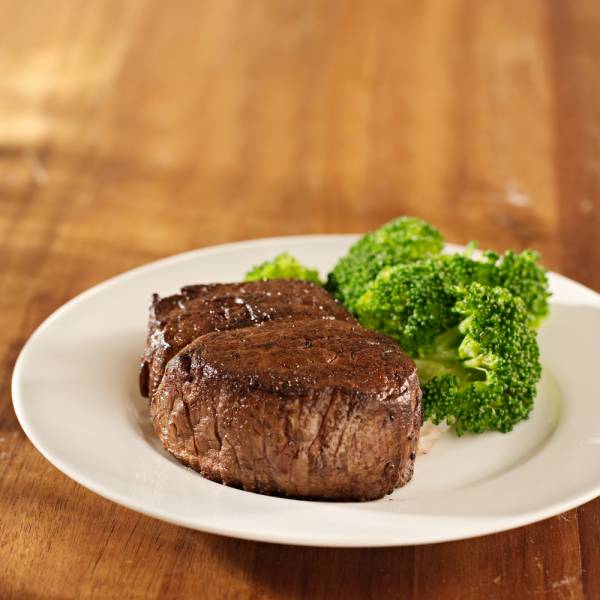The basic goal of aerobic training is to increase the blood’s ability to carry oxygen to working muscles. That’s why it’s called aerobic, meaning with oxygen. Physiology 101 tells us it the red blood cells that carry oxygen. So in essence, aerobic training is about increasing the red blood cell (RBC) volume or hematocrit.
How to Raise Your Red Blood Cell Count
Athletes aim to raise their hematocrit as high as possible, but in legal manners. Indeed, the banned drug erythropoietin (EPO) does just this thing – raises hematocrit so more oxygen is provided to the muscles.
There are a couple ways to raise the RBC volume through training, but both are based around reducing oxygen saturation. Long slow distance increases base fitness by increasing RBC, and minimalist coaches like myself use anaerobic intervals to elicit the same response. Anaerobic work (work done without oxygen) triggers the brain to release erythropoietin from the kidneys. Yes, the same hormone that is illegally injected.
The irony, though, is that while training causes the body to need more red blood cells and to release the hormone to trigger their creation, there is one more building block that is commonly deficient in an athlete’s diet: iron.
EPO doesn’t trigger the release of red blood cells, as such. It triggers the release of erythrocytes that bind with an iron atom to produce a red blood cell that contains hemoglobin. Hemoglobin is the actual oxygen-carrying component of the red blood cell. At the nucleus of hemoglobin is an iron atom. Thus, without iron an athlete cannot produce oxygen carrying red blood cells.
Yet, most athletes and indeed a lot of sports nutritionists overlook iron in the diet. Indeed one of the main causes I see for lack of energy in an athlete is a lack of this element. He or she may consume plenty of “energy” foods, but is deficient in the other fuel source the brain and muscles need – oxygen.
Iron is also used in the creation of ATP for the contraction of muscles and low iron is also linked to a weaker immune system – a common reason why athlete become sick during taper. Iron is arguably the most important element for endurance athletes.

How Much Iron Do I Need?
One of the issues with standard tests for iron is that the ranges are based off standard people. A hematocrit of 39% might be fine for an average person, but it’s very low for an endurance athlete. That athlete should actually be aiming for a measurement in the high 40s.
Standard ranges for iron intake do not take into account the needs of an athlete, either. The recommended dietary intake (RDI) for iron is around 8mg for men over the age of twenty and 18mg for women. But the recommended levels for athletes are much higher: 17.5mg for males and 23mg for women.
Plants vs. Red Meat
Iron deficiency is more common in vegetarians, yet many will argue that they get the same amount of iron from vegetables such as broccoli as an omnivore gets from red meat. Indeed 400g of broccoli contains the same amount of iron as 100g of red meat, but there are two key flaws with this argument:
- 400g of Broccoli is a lot – close to five cups. 100g of red meat is very little. Most vegetarians don’t eat this much broccoli every day and the average serving of red meat is closer to 300g.
- Bioavailability. Just because a food contains a nutrient doesn’t mean your body can absorb it. Vegetable-sourced Iron (also called non-heme iron) is only around one quarter as well absorbed as meat-based iron (heme iron). To match a 300g piece of grass-fed beef, you would need to eat close to five kilograms of broccoli.
Seek out good, bioavailable iron sources. For vegetarians, choose chickpeas, legumes, and eggs. For omnivores, include grass-fed red meat in your diet.
Enhancing Absorption
This absorption rate of iron can be increased through consuming absorbic acid (vitamin C) at the same time. Interestingly, vitamin C has been shown to increase absorption of non-heme iron but not heme iron, so omnivores don’t really need to do this.
While adding vitamin C to increase iron absorption is reasonably common knowledge and most iron supplements include the vitamin, some common foods actually inhibit iron absorption. Foods that contain polyphenols inhibit iron absorption, as polyphenols bind to iron molecules in the intestine. Polyphenols have positive effects on the body in other areas, so they shouldn’t be discounted, but the irony (pun intended) is that polyphenols inhibit the absorption of non-heme iron and polyphenols are commonly found in vegetables.

So plants are not only a poorer source of bioavailable iron but also block its absorption, making the iron even less available. Phenolic acid found in apples, peppermint, and some herbal teas, and tannins found in black teas, coffee, cocoa, spices, walnuts, and fruits such as apples, blackberries, raspberries and blueberries all have the ability to inhibit iron absorption. Polyphenols have not been shown to have the same inhibitory effect on heme iron.
Conclusion
If you find you are not getting faster and are tired, don’t automatically blame your training. You may in fact be selling yourself short simply by missing one nutrient in your diet. If you are feeling fatigued, check your iron intake. Iron levels and hematocrit can be easily tested and are one of the most overlooked culprits when it comes to energy levels.
The ultimate irony is that for those training to become an Ironman they are commonly missing just that. So it’s time to put the iron back in Ironman.
References:
1. Hurrell RF., Reddy M., Cook JD., “Inhibition of non-haem iron absorption in man by polyphenolic-containing beverages.” Br J Nutr. 1999 Apr;81(4):289-95.






